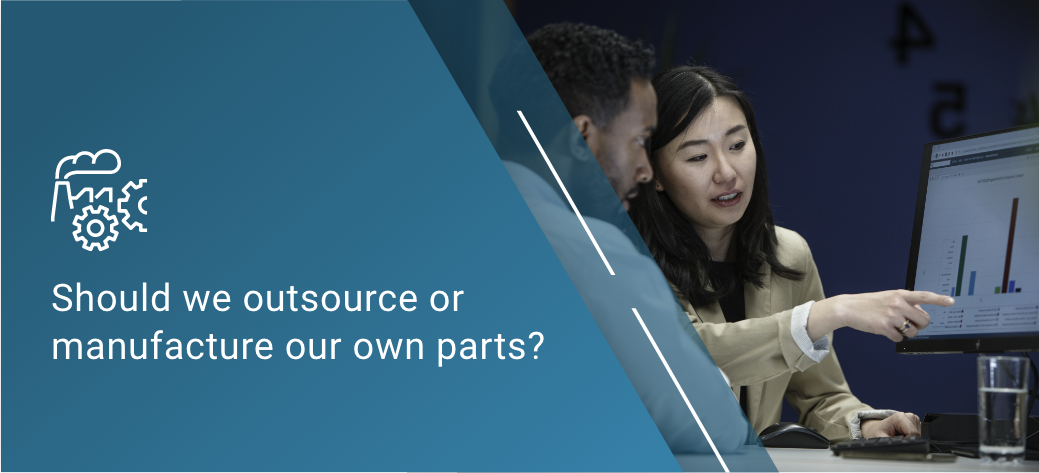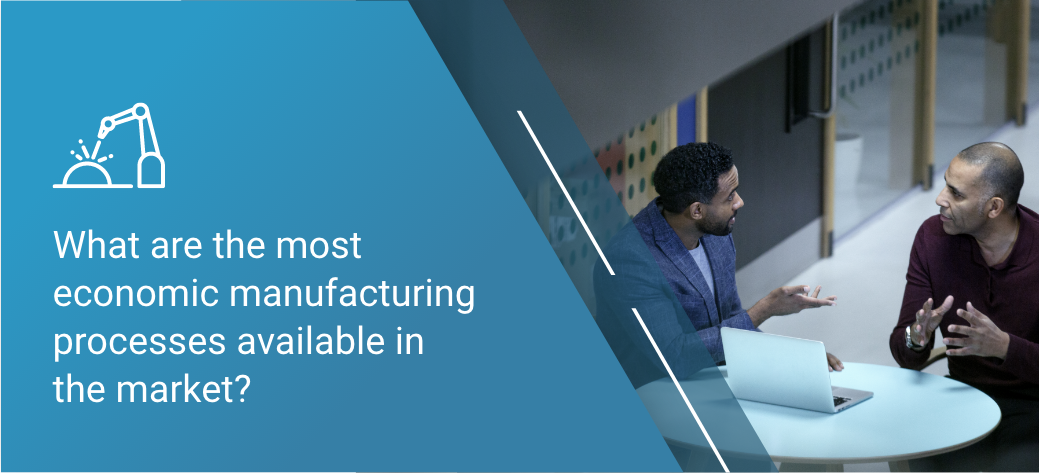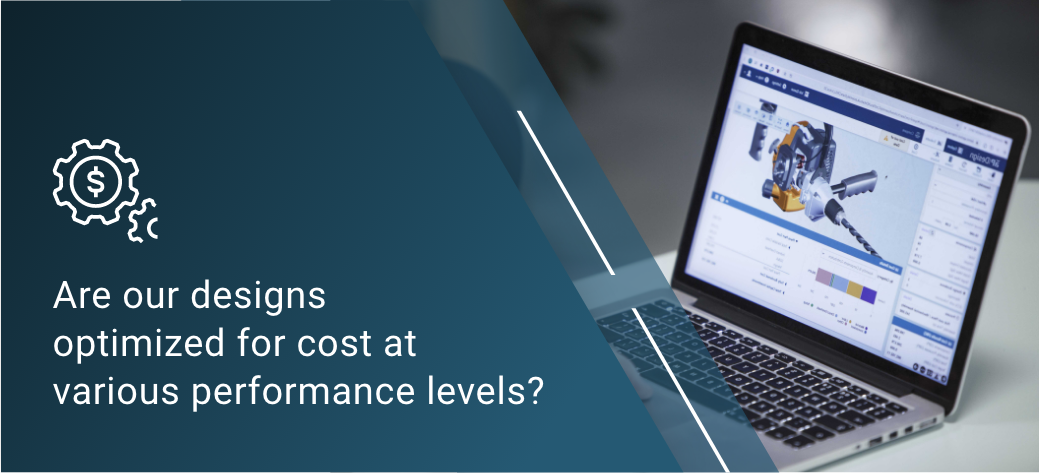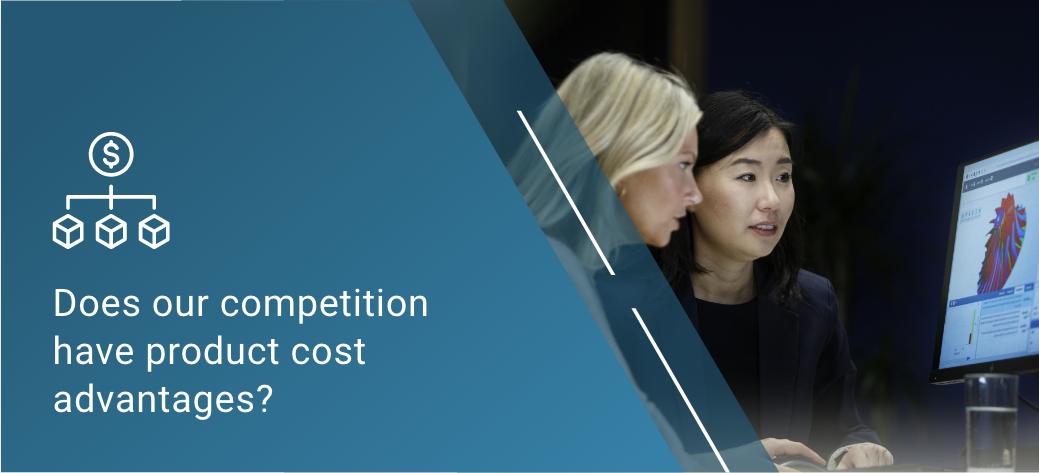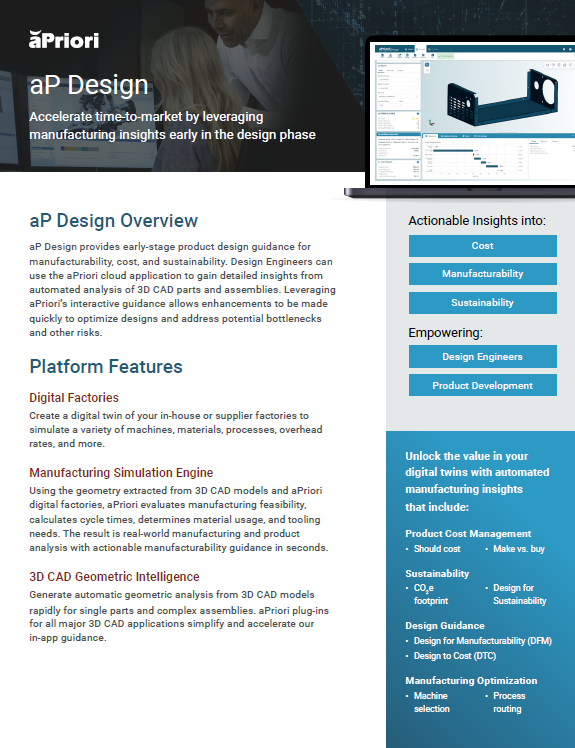Case Study
How to Implement a Digital Manufacturing Solution
Introduction
When Danfoss implemented aPriori’s digital manufacturing software, it was their goal to stay competitive in an increasingly innovative and uncertain market.
In this case study, we explore how Danfoss was able to significantly improve their time to market, promote innovation, and reduce product costs. Plus, they’ll share some expert tips on how to implement a digital manufacturing solution at your company.
Company Details
Industry
Power and Climate Solutions
Number of Employees
40,043
Revenue
€10.7 Billion
Website
aPriori Product
aP Pro, aP Design, aP Analytics
The Problem
Danfoss needed to stay innovative and competitive in an increasingly competitive business landscapeThe Solution
Implement manufacturing simulation software to improve time to market, promote innovation, and reduce product costsHow Digital Manufacturing Solutions Help You Stay Competitive
Danfoss plays an active role in the main growth themes in a world that is rapidly changing: digitalization, electrification, infrastructure, food, energy and climate are the key focus areas of our business. Quality, innovation, and reliability are rooted in our DNA. Our technologies and products can be trusted to push the boundaries for what is possible, deliver exceptional performance, and answer the real needs of our customers
Keeping control of and continuously optimizing our product cost—while maintaining and improving our products— is a real customer demand. And when doing business on a global scale, it’s a clear priority for us to deliver more with less.
Prioritizing Product Costs with Manufacturing Simulation Software
Daniel John, Director of Danfoss Business Systems, shares examples in this case study of what Danfoss has achieved using aPriori and what they hope to achieve by automating and digitizing their processes using aPriori.
Recognizing that it is getting increasingly challenging to improve our product cost, we continuously need to ensure every single part of our products are competitively priced.
Hence, we needed to find more advanced ways of analysis to see whether our products—or which ones, for that matter—required cost optimization.
Key Questions to Ask About Your Product Costs:
Questioning if we source or manufacture our parts at the right prices—taking into consideration the most economic manufacturing processes available in the market, and analyzing if our designs are optimized for cost at various performance levels or if our competition has product cost advantages—became fundamental for us and had to be answered thoroughly.
How to Prioritize Products For Cost Reduction
By prioritizing products with a clear business rationale for cost reduction—e.g. where our profit margins were in decline—we started to systematically identify cost reduction potentials by applying costing techniques, combined with value engineering methodologies. We saw this as the perfect opportunity to find ways for us to improve our competitiveness.
In the beginning, we used some consulting firms to provide that service.
We then spent a considerable amount of energy investigating how to strengthen this competency in-house in terms of processes, people, and tools.
When we came across aPriori through a workshop, we felt this digital manufacturing simulation tool could meet our requirements.
Tips for Implementing Digital Manufacturing Solutions at Your Organization
Implementing a new tool in an organization the scale of ours required lot of change and organization readiness.
Therefore, we positioned product cost management as a new and individual function within the company at the corporate level (not part of any other function like R&D, Procurement, etc.), which goes far beyond the tool alone.
So, we decided to build processes and programs around aPriori and onboard experienced Cost and Value Engineers to drive value and impact out of this change.
This was done in collaboration with our Procurement, R&D, Manufacturing and several other functions within the business units.
At Danfoss we believe we have a unique setup for product cost management and how we integrated aPriori. Companies often just buy software licenses and simply try to push it throughout the organization.
Where Digital Manufacturing Solutions Provide the Most Business Value
How Digital Manufacturing Solutions Create Better Relationships with Suppliers
Target Costing
We’re looking to connect aPriori and our sourcing platform, so that when we start the sourcing process, it will cost out the products automatically and give us the target costs. As we get quotes from our suppliers, we will have some algorithms in place to compare the quotes against the target costs generated from aPriori. This will also help us identify which suppliers have the best materials and process costs, so when we initiate the sourcing, the buyer can make a more informed choice based on these recommendations.
Design of Experiments (DoE)
Our Value Engineers apply value engineering methodologies, seeking to understand how to optimize the product cost and value of our existing and upcoming products.
The traditional way of approaching is the waterfall approach: structural simulation, optimized design, fluid dynamics, and cost. We’re looking to connect aPriori with the fluid dynamic simulation and the structural simulation. By doing this concurrently, we are much more likely to find the optimum result quicker than if they attempted to continue this process manually, through spreadsheets and templates.
We’re looking at incorporating aPriori as a key tool to help automate these processes, which can also help analyze the design of experiments (DoE). It will help identify the cost of the design as well, and allow our Engineers to maintain the integrity of the part’s function while reducing its overall cost.
Experience aPriori in Action
Meet with an aPriori expert and learn how we can help you to eliminate product costs, improve productivity, and reduce your carbon footprint.


